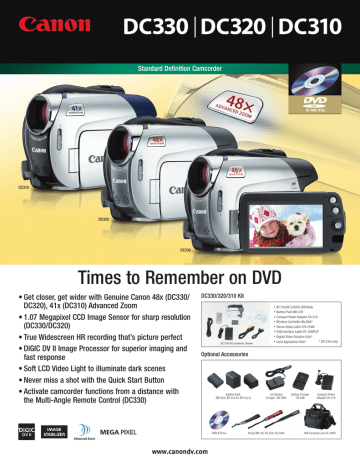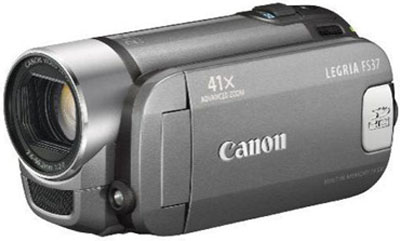

- CANON 2000X SOFTWARE FOR MAC UPDATE
- CANON 2000X SOFTWARE FOR MAC FULL
- CANON 2000X SOFTWARE FOR MAC PRO
Next, I repeated this on the Prograde during the same loop I was walking:ġ20.5 Frames before full buffer reached (AI Servo) But, the Transcend seemed more responsive than the Prograde interestingly enough from the day before which I'd also testing outside. Not a fair fight and hence I was operating on a false presumption as the SanDisk was dealing with smaller files. So, my whole consistency thing was out the window that was probably due to comparing the Prograde in my backyard (well light) against the Sandisk (indoors). Much more responsive than the fast UHS-I SanDisk. The Transcend on the other hand was producing near consistent results in the same conditions except much better, more like, ka-chuck ka-chunk, ka-chunk ka-chuck. As it would turn out this is probably due to in fact the outside lighting and detailed subjects producing larger files. Also, I noted I was not getting the consistent ka-chuck, ka-chunk, ka-chunk with the SanDisk today. Clearing the buffer much faster is big potatoes too.
CANON 2000X SOFTWARE FOR MAC PRO
Next I tested on my baseline, the "old" SanDisk Extreme Pro 256GB UHS-I card I hadĦ0 frames before full buffer reached (AI-Servo)Ĭlearly UHS-II was delivering here with double the frames before buffer in AI-Servo and a 31.6% jump in single shot (64.5/49). Next I ran it in Single Shot Mode for highest FPS I ran it through twice and averaged the result.ġ22.5 Frames before full buffer reached ( Transcend)

After some fumbling with settings and different configurations I settled on Fv mode and center cross AF, not that it matters for this test. I decided to do my walking and drag along the SanDisk Extreme Pro UHS-I I had, the Prograde Digital and Transcend with my EOS R and RF 35mm.įirst up was the Transcend in AI-Servo with my usual C-RAW and Small JPEG combination in high speed continuous drive. My Transcend arrived before the Lexar Sony or Toshiba.

Lastly, I'll be running this with my EOS R with latest firmware as of the time of this thread.
CANON 2000X SOFTWARE FOR MAC UPDATE
Latest Mojave update as of the time of this thread. I'll be testing on my 2014 15" MacBook Pro 2.5GHz 16GB config with the left USB 3.0 port (it's not hanging off the bridge, which the right USB port is, avoiding a potential bottleneck). I did test it a few times, but, did not use any of the data from it for the results. I already had a SanDisk SDDR-399 reader which I used exclusively for the testing, even though the Lexar came with a reader, I found this guy was a bit better for whatever reason on my Mac. The Prograde Digital UHS-II V90 64GB I already had Transcend "700S" 64GB UHS-II (same random write 4K IOPS QD as my existing SanDisk, but, UHS-II) Sony "Tough" SF-G64T/T1 (fastest random write 4K IOPS QD per online benchmarks) Toshiba "N502" (fastest random write 512KB speed per online benchmarks) The "real deal" Lexar 2000x UHS-II (to rule out perhaps the Prograde Digital wasn't so good) I preferred the former and wondered if perhaps another UHS-II card might give me more SanDisk-like performance (more consistent) but faster FPS rate.Īfter a deeper dive online I settled on a couple options: To my dismay, my first shooting with the Prograde Digital 64GB (indoors), I found it did deliver much faster buffer clearing times than my SanDisk UHS-I card, but, when driving AI-servo with C-RAW, the SanDisk kept chomping away on a buffer-full condition in a few, ka-chunk, ka-chunk, ka-chunk, vs the Prograde paused on full buffer and then after a bit rattled off a burst of high speed and paused again, repeat. I'd heard good things so I figured I'd give them a shot considering Lexar has been cream of the crop in the past. To start, I did some basic reading on reviews for UHS-II cards, and came across Prograde Digital, they apparently are formed from the ashes of the old Lexar, not to be confused with the new Chinese-owned Lexar. Long read ahead, highly technical, but should be informative not just for EOS R owners, future EOS M6 Mark II owners, but also future camera's sporting UHS-II. However, after I got my recent Prograde Digital 64GB UHS-II v90 card (top of the line) and under certain circumstances got more favorable results with my existing SanDisk Extreme Pro (UHS-I), I quickly realized something was up and a deep dive on the subject was in order

With the new EOS M6 Mark II looming and it's smaller buffer but, UHS-II support, it's time for me to finally make the jump from UHS-I to UHS-II.



 0 kommentar(er)
0 kommentar(er)
